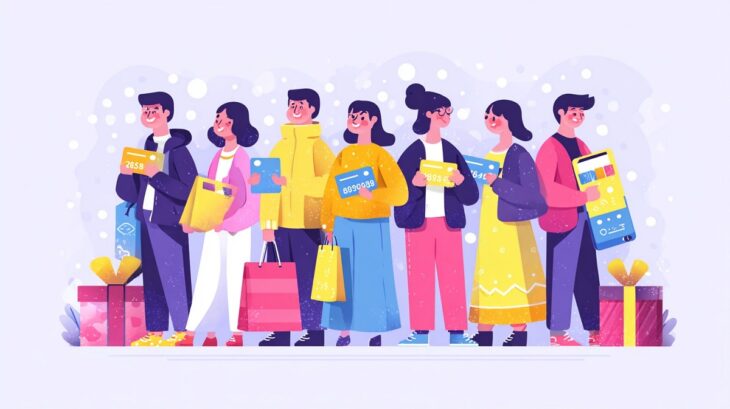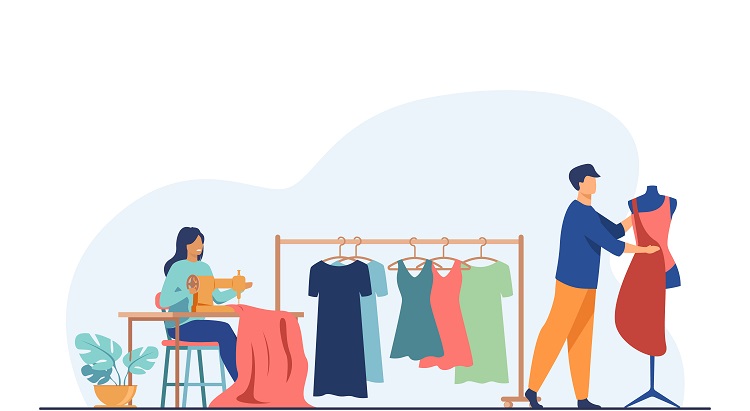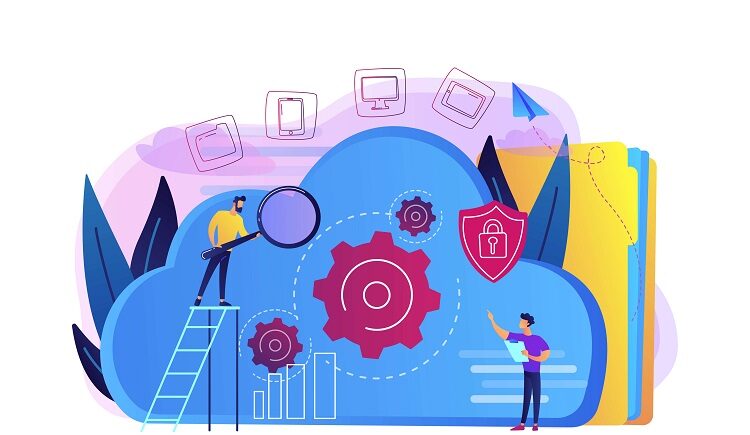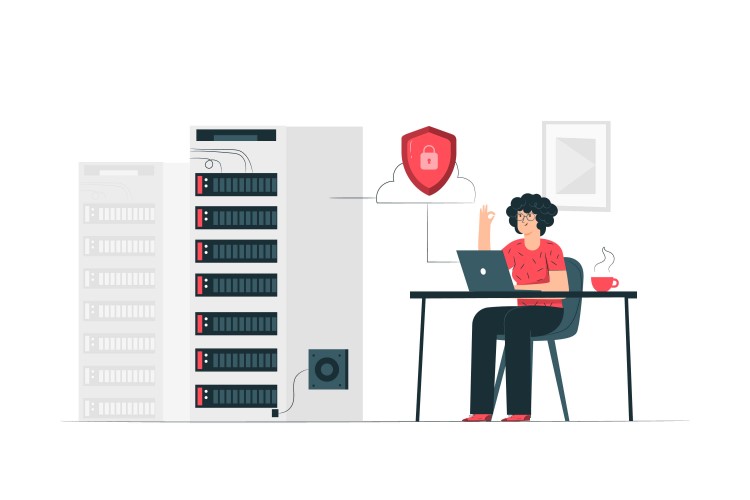Customer retention has quickly outpaced acquisition as the critical focus in competitive industries.
Businesses face saturated markets, rising advertising costs, and shifting consumer expectations.
Keeping existing customers happy has become far more cost-effective than constantly chasing new ones.
Loyalty programs offer a structured way to reward recurring engagement.
Multiple models exist, each tapping into different motivations.
From reward points and tiered status to paid memberships, cause-driven perks, and exclusive experiences, loyalty strategies vary widely in execution but share a single goal: keep customers coming back.
Table of Contents
ToggleSuccessful Loyalty Program Examples Across Industries
Businesses have shifted focus toward loyalty programs that reflect customer behavior, lifestyle, and expectations.
These programs no longer center only on discounts. Instead, they are embedded into digital tools, personalized offers, and brand values.
Retail & Fashion
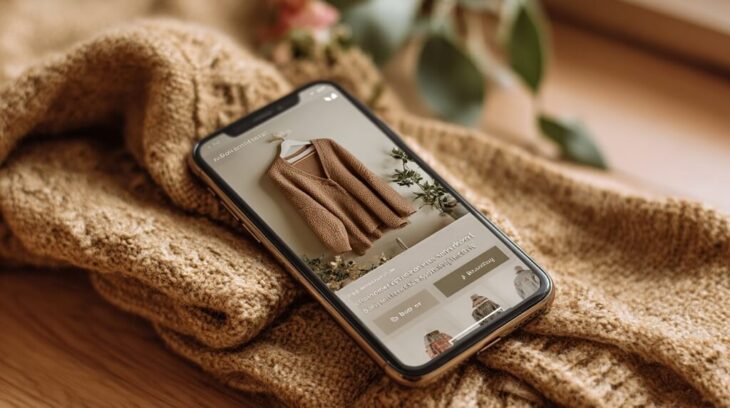
Fashion and retail brands rely heavily on emotional connections, frequent purchases, and brand lifestyle alignment.
Loyalty programs in this sector reward recurring shoppers with exclusive access, sustainability points, and engaging digital experiences.
Here’s a breakdown of key programs:
Nike Membership
Nike connects physical activity with product engagement.
Personalized offers cater to user preferences, while integration with fitness apps like Nike Run Club and Training Club creates habit-driven rewards. Exclusive drops and early access create a reason to check in often.
- Personalized gear recommendations
- Exclusive shopping access
- Sync with fitness activity for bonus rewards
H&M Membership
Points for recycling clothes and sustainable delivery encourage eco-conscious behavior. H&M ties its loyalty strategy to customer values while offering an easy checkout through Klarna.
- Earn points on purchases and eco-friendly actions
- Discounts tied to spending and green initiatives
- Simplified payment options through Klarna
SKIMS Rewards
By focusing on mobile-first users, SKIMS builds anticipation and exclusivity. App-only product launches and restock alerts ensure members stay engaged even during downtime.
- Early access through app notifications
- Exclusive restock alerts
- Tiered rewards based on customer interaction
IKEA Family
Rather than flashy giveaways, IKEA rewards practical customers. Workshops, extra damage coverage, and discounts on home products deliver functional benefits.
- Extra product protection at no charge
- In-store events and free workshops
- Exclusive member pricing
Food & Beverage
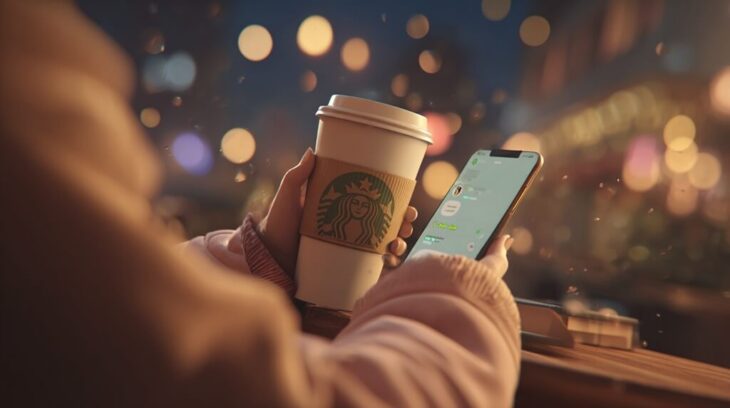
Loyalty programs in food and beverage target frequency and routine. Customers often make daily or weekly purchases, so these programs focus on habit reinforcement and instant gratification.
Digital integration makes rewards feel effortless.
Highlights include:
Starbucks Rewards
Highly gamified and integrated within the mobile app, Starbucks Rewards combines frequent incentives with personalization. Bonus star challenges and surprise offers keep customers interested.
- Stars earned per dollar spent
- Free drinks, food, and birthday perks
- Custom offers based on ordering patterns
McDonald’s MyRewards
Simple yet effective, MyRewards rewards everyday habits. Points accumulate quickly and can be redeemed for free items, boosting return visits without complex requirements.
- Points per dollar spent
- Easy redemptions for high-frequency purchases
- Integration with app ordering
Panera MyPanera
Panera focuses on surprise-and-delight moments. Customers don’t earn traditional points—instead, they receive personalized rewards like free drinks or discounts based on preferences.
- Tailored offers without requiring points tracking
- Free treats tied to favorite menu items
- Early access to new menu launches
Luxury & Lifestyle

Luxury brands elevate loyalty with exclusivity, white-glove service, and community-driven events.
These programs cater to high-value customers who expect tailored recognition and special treatment.
Here are some programs that stand out:
Sephora Beauty Insider
Sephora’s program uses a tiered system to reward higher spenders with escalating benefits.
Members gain access to exclusive events, birthday gifts, and point perks.
- Three tiers: Insider, VIB, and Rouge
- Seasonal savings events for higher tiers
- Points for purchases, reviews, and social shares
FARFETCH ACCESS
Luxury shopping comes with elevated service. FARFETCH provides elite-tier customers with personal stylists, early shopping windows, and invitation-only benefits.
- Access to rare collections
- Styling consultations
- Concierge services
100% Pure
Eco-conscious skincare shoppers receive points for purchases and engagement. Emphasis on sustainability and clean beauty creates alignment between values and rewards.
- Points for every purchase and review
- Redeemable rewards for free products
- Visual progress tracker for rewards goals
Tech & Retail Giants
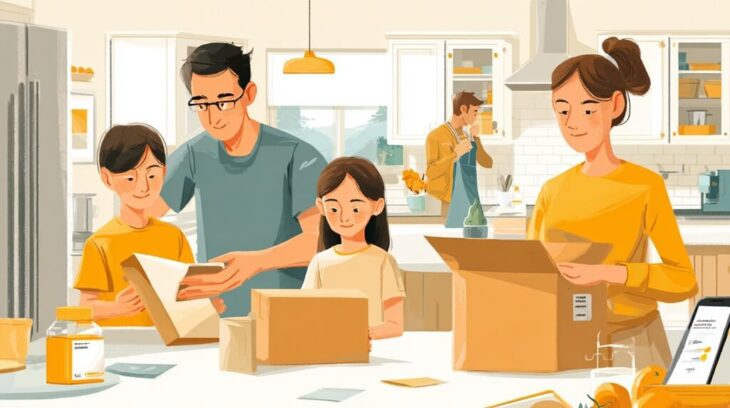
Large-scale retailers and tech companies create loyalty ecosystems that keep customers engaged across multiple services. These programs focus on convenience, bundled value, and long-term cost savings.
Two key players include:
Amazon Prime
By bundling services under one subscription, Amazon encourages loyalty through speed, entertainment, and everyday utility. Each feature reinforces another, building a multi-layered retention loop.
- Fast, free delivery
- Prime Video, Music, and Reading access
- Early shopping access for major sales
Walmart+
Geared toward savings-focused consumers, Walmart+ blends delivery convenience with exclusive streaming and fuel discounts. Multiple benefits appeal to families and budget-conscious shoppers.
- Grocery delivery and express checkout
- Fuel discounts at partner stations
- Access to streaming content through bundled services
Core Types of Loyalty Programs
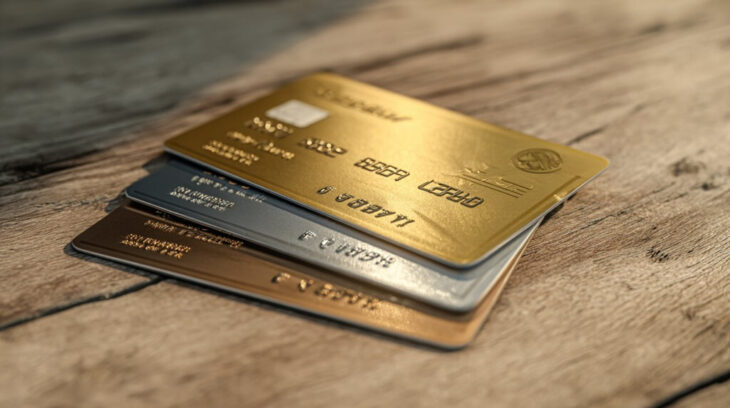
The next thing we want to discuss is the different types of loyalty programs.
Points-Based Programs
Earning points for purchases and engagement actions remains the most widespread loyalty model. Simplicity and familiarity make it effective.
Shoppers earn rewards by completing specific actions—buying products, referring friends, leaving reviews.
Examples:
- Starbucks Rewards: Points stack fast, especially through personalized offers and mobile ordering.
- Adidas adiClub: Combines physical purchases with engagement in the app to build point value.
Tiered Programs
Rewards scale with continued engagement or higher spending. Customers move through levels, unlocking better perks and status-based treatment.
Examples:
- Sephora Beauty Insider: Tiers based on spending unlock gifts, birthday perks, and early product access.
- Delta SkyMiles: More flights mean elite status, priority boarding, free upgrades, and partner bonuses.
Paid Loyalty
Members pay for access to exclusive benefits, expedited services, or bundled features.
These programs often deliver strong retention by increasing switching costs.
Examples:
- Amazon Prime: Combines fast shipping, Prime Video, music, books, and early access to deals.
- Walmart+: Offers gas discounts, grocery delivery, and streaming services.
- Grubhub+: Free delivery and cashback make it a no-brainer for frequent users.
Experiential & Community-Driven
These programs reward lifestyle alignment over transactions. Members get invites, exclusive access, or social recognition.
Examples:
- Rapha Cycling Club: Group rides, cafe events, and global chapters foster community.
- Lululemon Membership: Offers free workout classes, early access, and personalized shopping events.
Value-Based Loyalty
Values-driven customers respond well to programs aligned with social or environmental causes.
Loyalty becomes a way to support shared missions.
Examples:
- Ben & Jerry’s: Promotes activism alongside purchases.
- TOMS: Pioneered one-for-one giving, rewarding customers with a feel-good impact.
Casino & Gambling Industry Bonuses
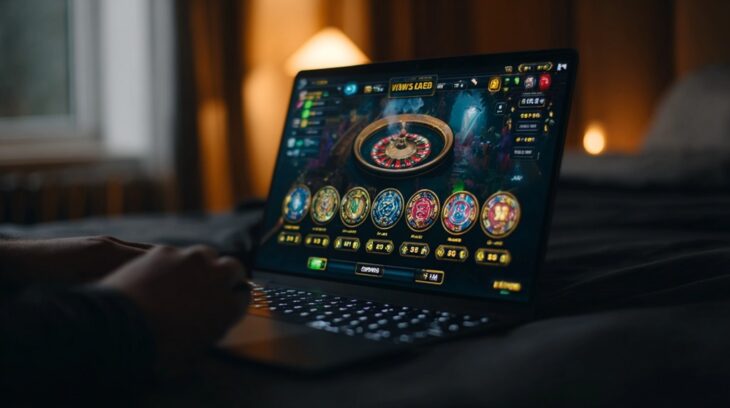
Casinos have long mastered loyalty. Programs like MGM Rewards and Caesars Rewards operate on tiered systems, offering players points for spend, hotel comps, and invites to VIP experiences.
Those perks increase with status level and frequency.
Online casinos have adapted by offering daily login bonuses, cashback offers, and free spins. Sites like bonuses.com curate and share exclusive deals from top platforms, helping users find the best promotions. VIP members unlock exclusive tables, birthday gifts, and faster withdrawals.
Gamification plays a dominant role. Achievements, missions, and seasonal contests elevate the entertainment. Progress bars and points earned for every bet make the experience rewarding even without winning.
These programs work because of instant gratification and high-frequency usage. Casinos deliver emotional reinforcement and sensory feedback that keeps people engaged and invested.
The Psychology Behind Loyalty
Emotional loyalty often trumps transactional loyalty. A discount might win a purchase, but emotional bonds keep someone returning even when a competitor offers a better deal.
Programs that create a sense of belonging or recognition generate stronger attachments.
Perceived value plays a crucial role. Customers who feel they are receiving more than just monetary perks stay longer and engage more frequently. Personalization enhances this effect—tailored rewards make people feel seen.
Exclusivity elevates the perceived worth of a loyalty program. Early access, private events, or members-only perks tap into status-driven psychology.
Community further strengthens retention. When customers identify with a brand’s tribe, they stay loyal not only to products but to the collective identity tied to them.
Summary
Loyalty programs serve as relationship builders rather than transactional tools.
Programs that resonate with customers’ lifestyles, habits, and values outperform those that focus purely on discounts.
Success happens when customers feel like more than buyers. Being appreciated, recognized, and invited into something bigger than the product creates long-term retention.
The strongest loyalty programs don’t just reward—they connect.
